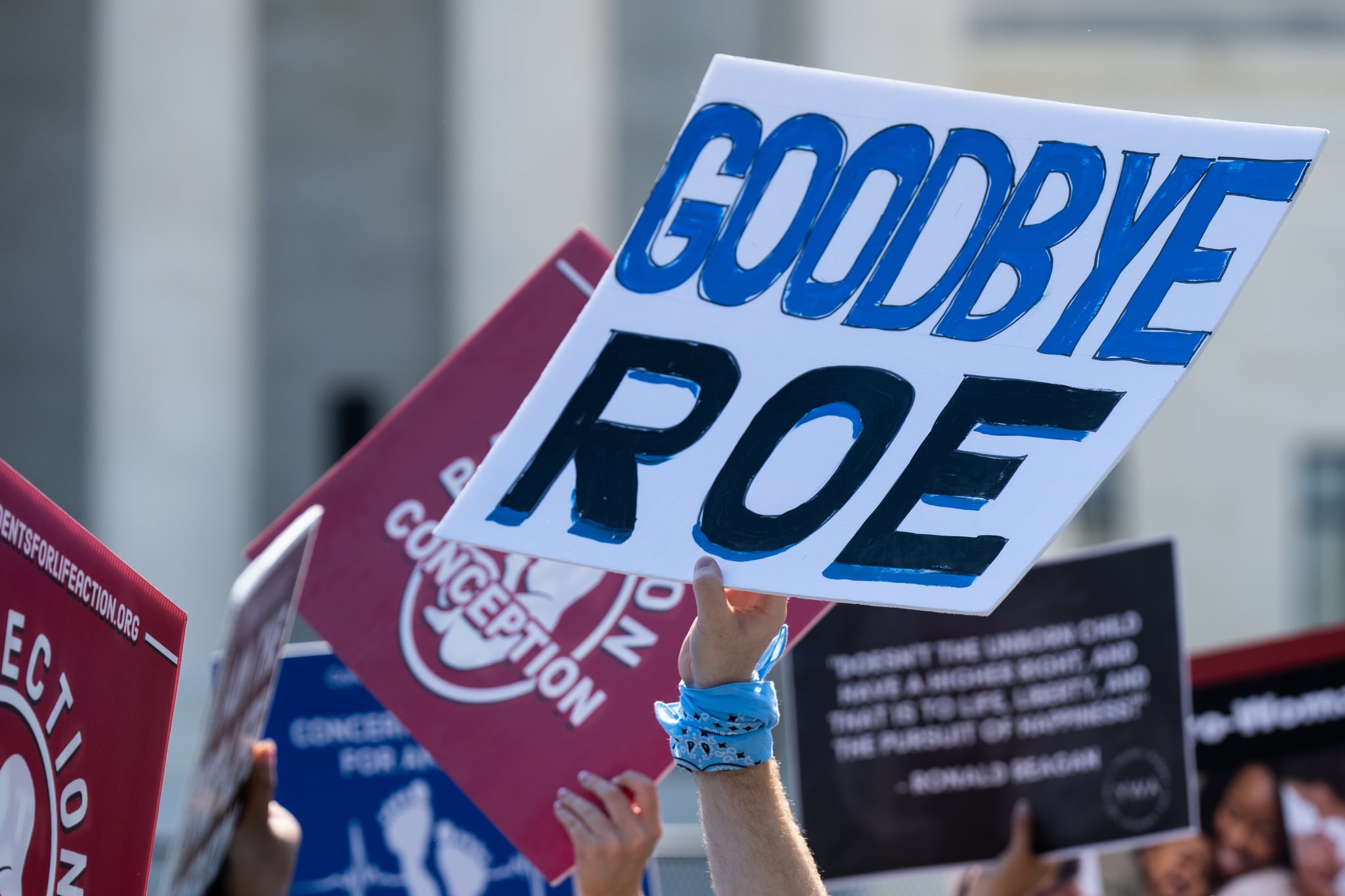
While the Supreme Court is capable of overturning Roe v. Wade any day now, new data published early Wednesday is proving just how necessary and vital abortion access really is. According to the Guttmacher Institute, a research organization that advocates for sexual and reproductive health, the number of abortions has increased for the first time in 30 years.
The data revealed that in 2020, there were 930,160 abortions in the United States — an eight percent uptick since 2017, where the total amount of abortions was 862,320. The Institute found that in 2020, about one in five pregnancies ended in abortion, which created a six percent decline in births between 2017 and 2020. The organization also noted that “because there were many more births (3.6 million) than abortions (930,000) in 2020, these patterns mean that fewer people were getting pregnant and, among those who did, a larger proportion chose to have an abortion.”
When asked to interpret the data and assess why there was an increase in 2020 abortions, the Guttmacher Institute attributed it to multiple reasons — one being that some states expanded Medicaid coverage for abortion care. This is important to consider, because the majority of people who obtain an abortion fall within the range of poor or low income, and “this coverage meant that many who would not otherwise have been able to afford an abortion could get care.”
Another reason for the increase in abortions could be because of the domestic gag rule, the “Trump-Pence administration overhaul of regulations governing the Title X national family planning program,” per Guttmacher. This policy reduced the number of contraceptive options for the family planning network’s patients, and it’s possible “many people in some states lost access to low- or no-cost contraceptive care,” which, in turn, “may have resulted in more unintended pregnancies and greater need for abortion care.”
This, of course, is extremely alarming. Because despite the numbers confirming that people are getting abortions and need access to abortions — more so now than in the last 30 years — the Supreme Court is still likely to overturn Roe v. Wade. This means at least 26 states will likely ban abortion, and 13 states with already-existing trigger laws will take effect immediately.
At a time when people are seeking abortions, the loss of abortion access will be devastating to many, but especially those most affected by anti-abortion legislature: low-income households. And as we know by now, banning abortions doesn’t stop people from receiving abortions. But it may make it more difficult to access safe abortions. Even if banning abortions did lead to a corresponding increase in pregnancies carried to term, this comes with its own possible complications, including death. Yet with policy change, these risks can be prevented.
So if you’re wondering what you can do to support abortion access, you can start by lobbying for it by writing or calling your local government officials. You can also read this article for more ways to take action.
Because if anything, these numbers show what a positive impact abortion access can have on those uncertain about their futures. And the right to have control over your body should never be up for debate.
